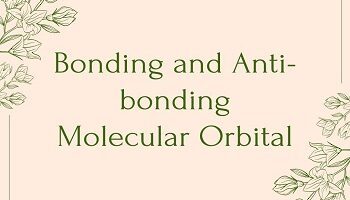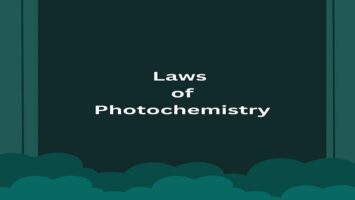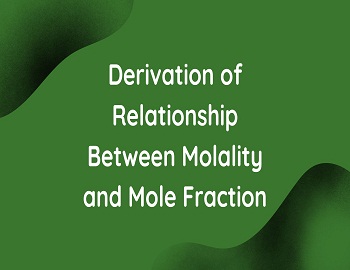Solid Solution:
Solid solutions are formed by mixing two solid components. Solids solutions are of two types-
- Substitutional Solid Solutions.
- Interstitial Solid Solutions.
In a substitutional solid solution, atoms, molecules or ions of one substance take the place of similar species of other substance in its crystal lattice as shown in (a). Brass, bronze, Monel metal and steel are familiar examples of this type of solid solution.
Interstitial solid solutions constitute the other type and are formed by placing atoms of one kind into voids or interstices that exist between atoms in the host lattice. This is illustrated in (b).
Tungsten Carbide, “WC” an extremely hard substance is an example of the interstitial solution. Here tungsten atoms are arranged in a face-centred cubic pattern with carbon atoms surrounded by six tungsten atoms at the vertices of an octahedron. Tungsten carbide has many industrial uses in making of cutting and grinding tools.










Comments (No)